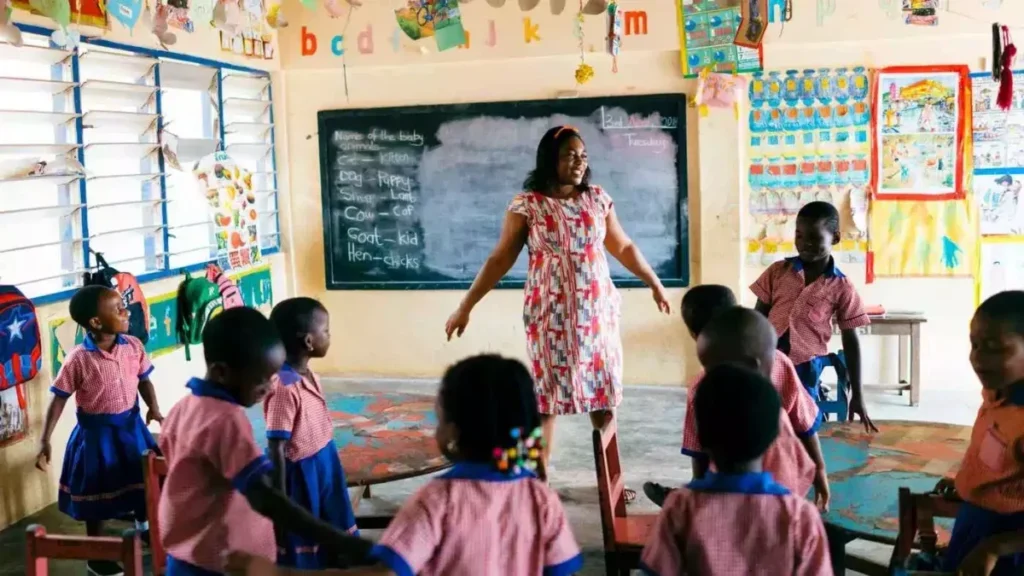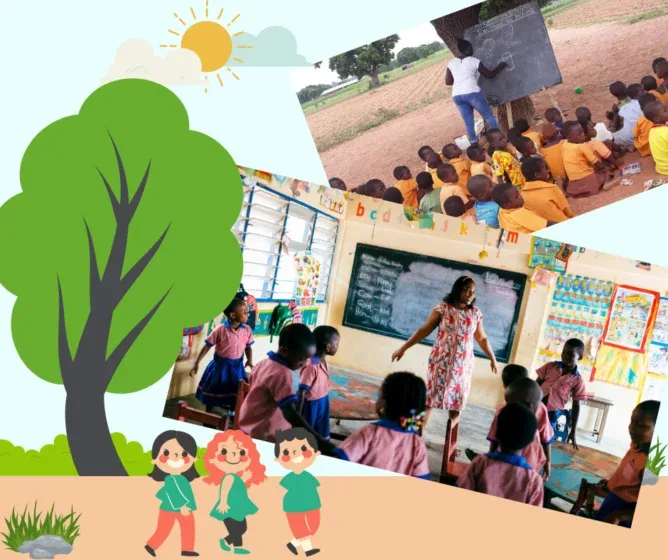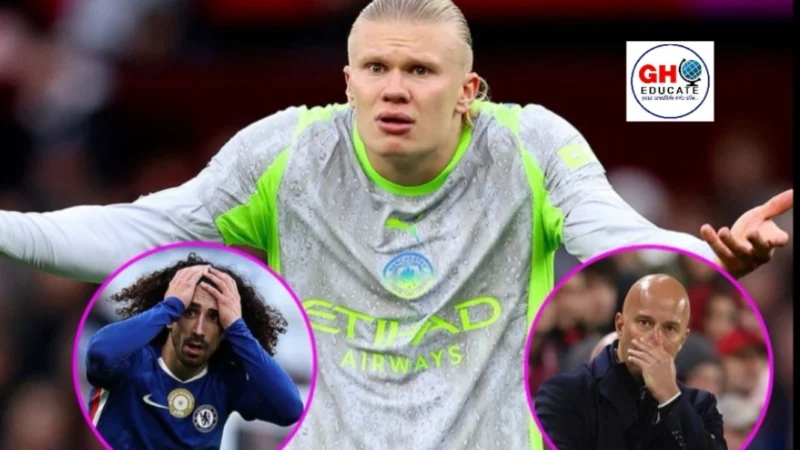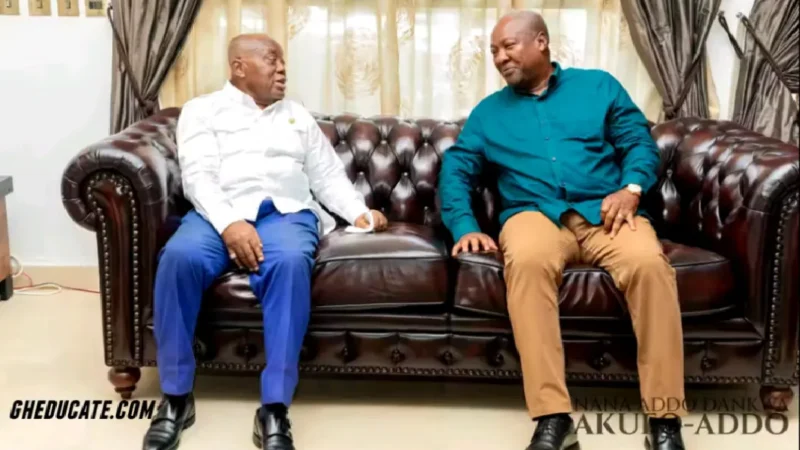A room full of sweet scents of different brands of crayon, loud laughter reverberating against colorful walls, unexplained cries, continuous complaints to Ms. Jackson, expression of pure joy, true love, genuine friendship, display of unfettered curiosity; can you guess this room?
Think of a world of unique education where Teachers work hard from morn till noon, each day trying all techniques and methods to lay a good foundation for learning in young learners.
It is a “garden” filled with tiny desks, alphabet songs, play, rhymes, fun and more. Did you say Kindergarten?
Welcome to the KG Classroom!!! Let us take a quick look into the garden of children where the educational journey of every young learner begins.
We will explore how significant the KG Classroom is when it comes to shaping young learners for the future. We will try to shed some light on the unique role the KG Classroom plays in fostering holistic development and preparation of our young learners for a lifetime of educational success.
What is KG?
KG is an abbreviation for Kindergarten? Kindergarten, pronounced as /‘kɪndəˌɡɑːt(ə)n’/, is simply a school for children below the normal school-going age. it is of German origin. Kindergarten means “children’s garden” or the “garden of children”.
Here, children are nursed here before they are ready for the first year of primary education. Children in kindergarten are called kindergarteners.
A KG classroom is ideally supposed to be a lively, colorful, print-rich, engaging, and organized environment that is inviting, stimulating and interactive.
Unfortunately in Ghana, this is not always the case. Not all schools have classrooms for KG pupils not to talk of furnishing with child-sized furniture, cozy reading nooks and soft furnishing to create a comfortable and safe space for the young learners.

What is the Right Age to Start Kindergarten in Ghana?
Children in kindergarten are usually 4 years (KG1) and 5 years old (KG2). By the time they are 6, they should be ready for Basic 1 (beginning of primary school education). By this time, the young learners are expected to be a bit more matured in terms of how they relate with peers socially, and also their readiness to interact with their mates.
In Ghana, it is possible to find children below age 4 sent to KG depending on the locality they live in, the child’s intelligence level and the situation of the parents.
But ideally in Ghana, children below age 4 are expected to be sent to creche which is also considered a preschool system under the supervision of the Department of Social Welfare and Development under the Ministry of Gender, Children and Social Protection.
Ghana’s current educational system of 2-6-3-3 (2 years of KG, 6 years of Primary, 3 years of JHS, 3 years of SHS, SHTS, TVET) considers kindergarten as part of the formal pre-tertiary education. Ideally, every Primary school is expected to have a KG attached.
However some Primary schools do not have KG attached. Some schools, especially, most private schools also run only KG schools. These are referred to as Stand-alone KG.
KG 1-2 form the pre-primary phase which is referred to as the Key Phase 1 of the Learning Progression.
What Goes on in the KG Classroom?
In education, the first few years of the child are very crucial in deciding the kind of groundwork laid for his/her future learning. It acts somehow as the gateway to formal education for our young learners. The KG Classroom provides these learners with a taste of how official curriculum is structured.

The KG classroom serves as a beginning environment for a child’s formal educational journey. For teachers to properly shape the minds of these young learners and lay a very good foundation for their future learning, they must pay critical attention to the kinds of activities and engagements they have planned for these beginners.
KG courses include writing, doodling, number work, rhymes, songs and corner activities.
The rhymes and songs teach the young learners to talk properly (communication). They help them to develop their ability to talk or speak clearly. Rhymes and songs can also be used expertly by teachers to bring KG children to order when they become noisy in class.
In the current standards-based curriculum run in Ghana, the subjects offered by KG pupils are Language and Literacy (using the dual language immersion approach), Numeracy, Creative Arts, Our World Our People (which integrates, History, Religious and Moral Education, Geography, Science, Physical Education).
As a teacher, if you really want to unlock the full potential of each of your KG students, you need to properly understand the importance of this space and the foundational period we call “the KG classroom”.
Four Corners of the Kindergarten (KG) Classroom
In a Kindergarten (KG) classroom, the “corners” refer to a distinct area or theme that are commonly emphasized to create a well-rounded and developmentally appropriate learning environment for young children. Each of the corners of the classroom is typically assigned a set of carefully selected activities that promote teaching and learning through play. Across the globe, scholars have identified various corners within the KG classrooms.
In this discussion, however, let us focus on four (4) corners that promote teaching and learning through play.
SANDY CORNER:
A sandy corner has trays of sand in which the KG children play with their fingers, by scribbling, drawing or tracing. By so doing, they learn to manipulate their wrist in preparation towards proper writing.
SHOPPING CORNER:
This corner has variety of containers of household consumable items like milk, sugar, sardines, geisha, soft drinks, and others like pencils, matches etc. At this corner, the children learn how to buy and sell. They indirectly learn some Arithmetic (addition and subtraction), language and gestures.
MAKE-BELIEF CORNER:
This corner has a variety of toys and pictures of professionals like a nurse, doctor, teacher, pupil, farmer, fisherman, policeman, driver, mother with a baby, father with the mother and children etc. Here the children try to imitate these professionals and family members. By so doing they learn how to communicate orally.
NATURE CORNER:
A nature corner has items like nests of birds, feathers, stones, beehives, horns animals, skeletons of animals and other curious things. Here too, the KG children learn to admire nature.
Given the relevance of preschool education, the Ghana Education Service has a whole unit dedicated to education that occurs in the early years of the Ghanaian child; the Early Childhood Education (ECE) Unit. Regional and District Education Offices across the country also has officers who oversee the activities of ECE in their respective regions and districts. In each school also, there is expected to be a school ECE coordinator working hand-in-hand with KG teachers in the schools to ensure quality education for our young learners.
If you wish to know more about ECE and the policy on which it operates in Ghana, Click Here to read on the ECE Policy Framework by the Ministry of Education and the Ghana Education Service.
I believe this journey has been interesting for you.
Don’t forget to share with your teacher friends especially those preparing to take the Ghana Teacher Promotion Exams.




